How do I properly clean and maintain my PPF?
Use pH-neutral car soap and microfiber cloths for proper PPF maintenance. Wash every 1-2 weeks using the two-bucket method: one bucket for soapy water, another for rinsing your mitt to prevent dirt recontamination.
Essential Cleaning Routine
Start with a low-pressure rinse to remove loose debris, avoiding high-pressure washing near film edges which can cause lifting. Hand wash using gentle, circular motions with a soft wash mitt, then rinse thoroughly to remove all soap residue. Dry with clean microfiber towels to prevent water spots.
Safe Household Products
Stick to automotive pH-neutral shampoos specifically labeled "PPF-safe" or "coating-safe". Never use dish soap, degreasers, or household cleaners containing harsh chemicals, acids, or solvents that strip the film's protective topcoat.

Critical Mistakes to Avoid
Avoid abrasive materials like coarse sponges, stiff brushes, or rough towels that scratch the film surface. Never wash immediately after installation; wait 5-7 days for proper adhesive curing. Pressure washing edges directly can lift the film, compromising protection.
Aggressive scrubbing damages PPF's self-healing properties, while petroleum-based products and acidic cleaners cause permanent discoloration. Citrus-based solutions may seem effective but deteriorate film integrity over time.
For stubborn contaminants like bird droppings or tree sap, use diluted car soap solutions and gentle dabbing motions rather than scrubbing. Consider enzyme-based bug removers for safe spot cleaning. This careful approach preserves both the film's protective capabilities and optical clarity for maximum longevity.



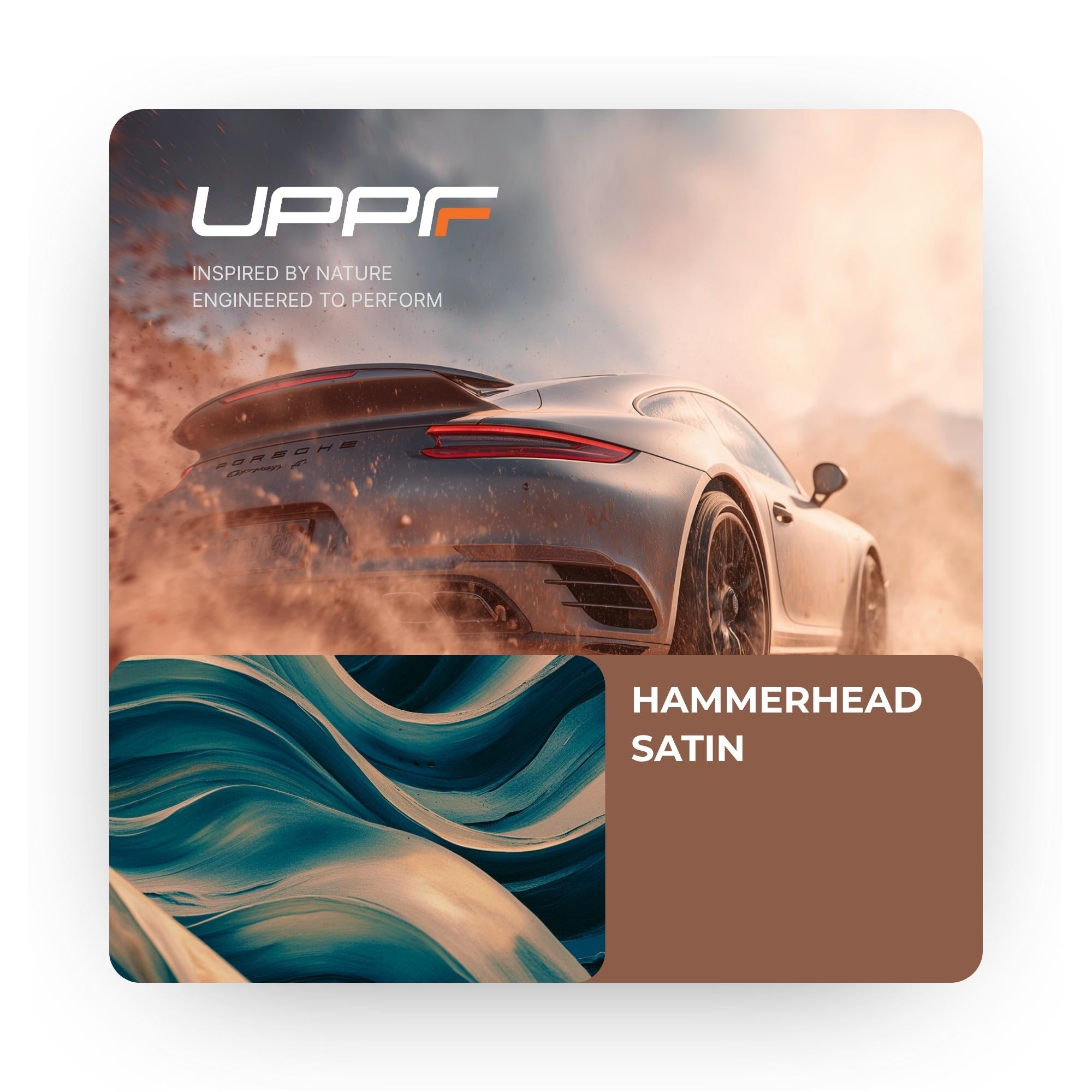
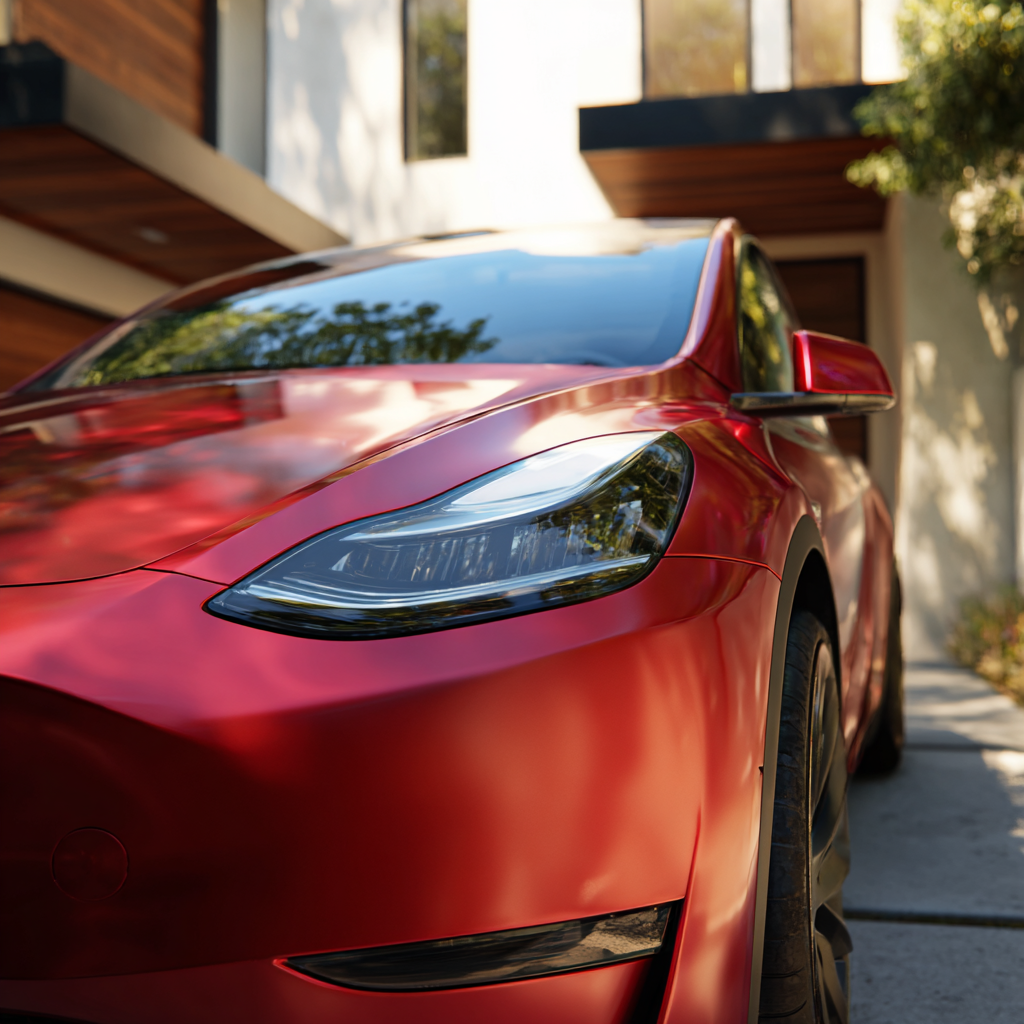

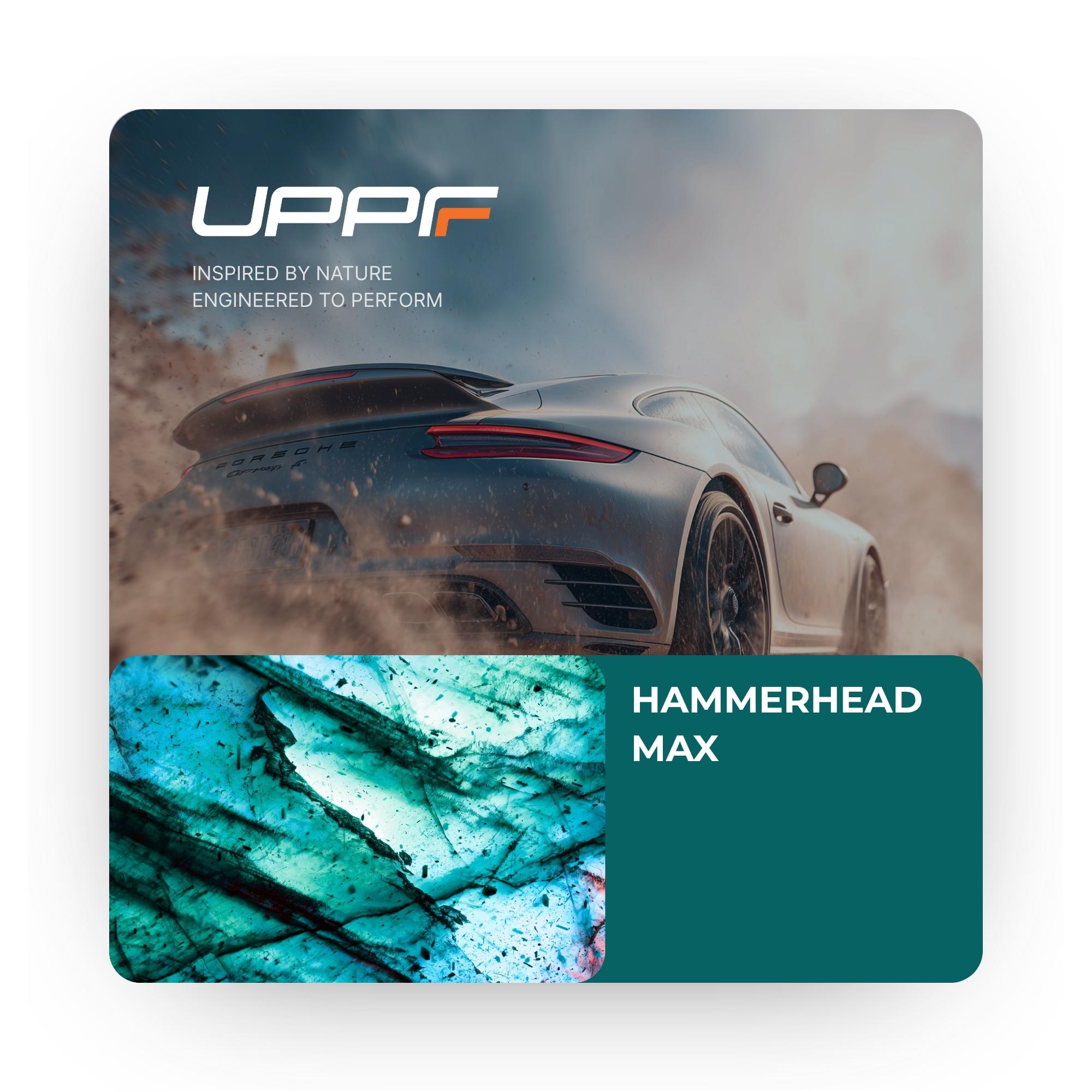
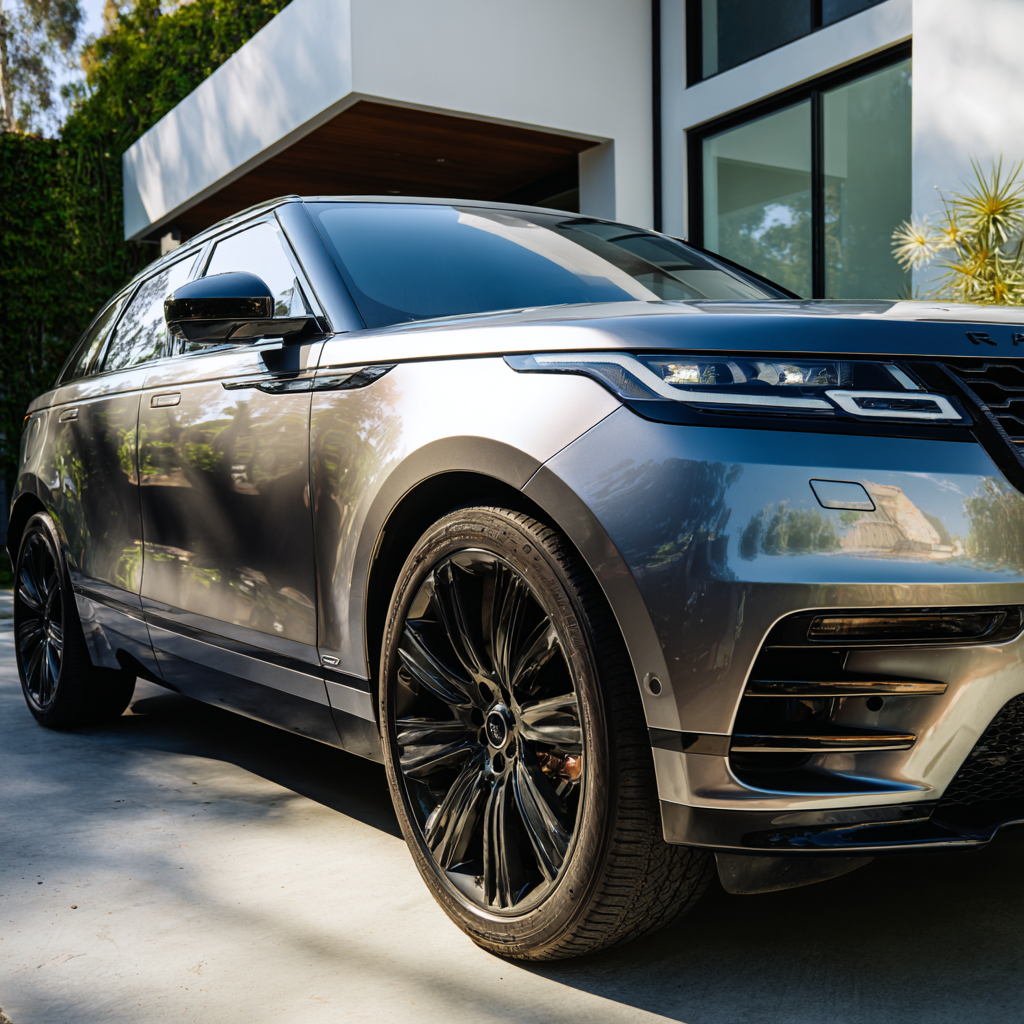

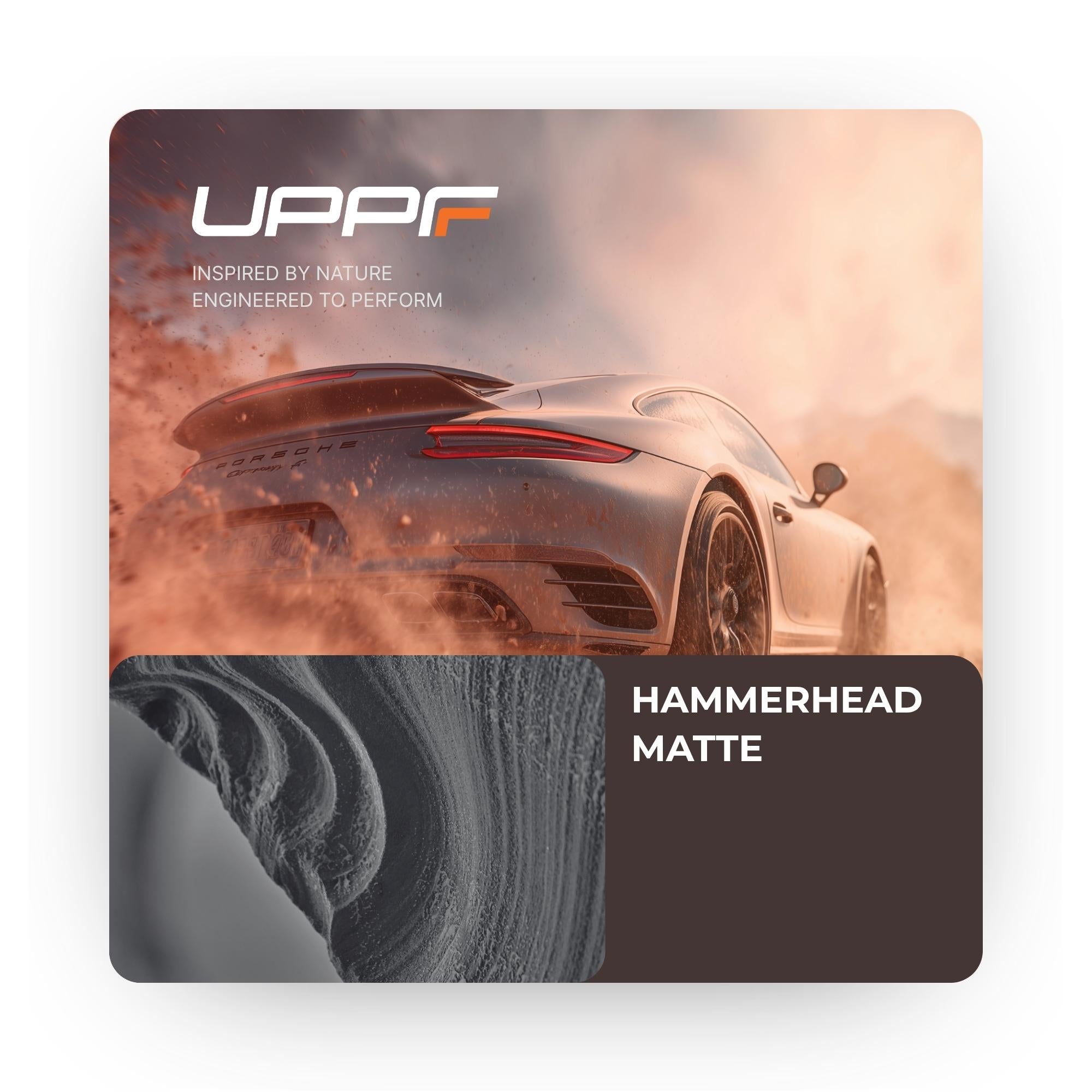

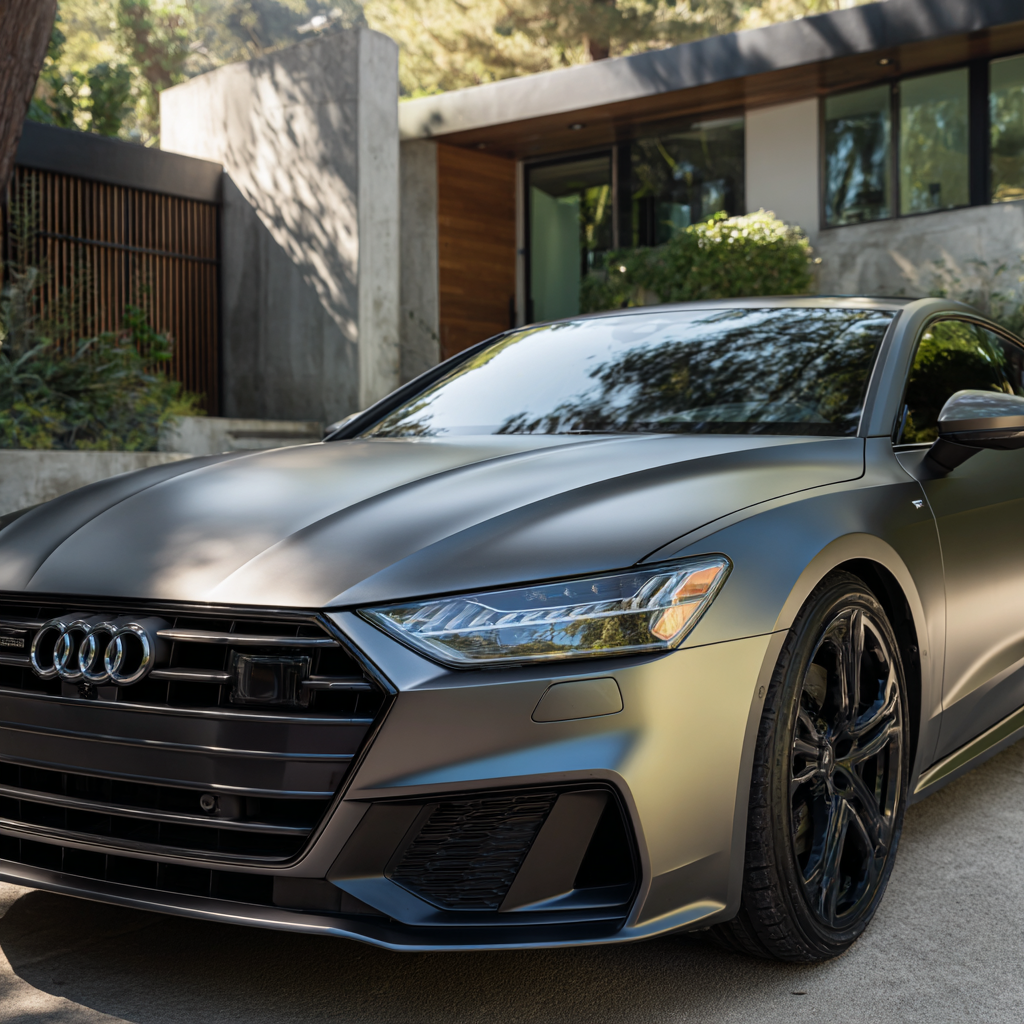
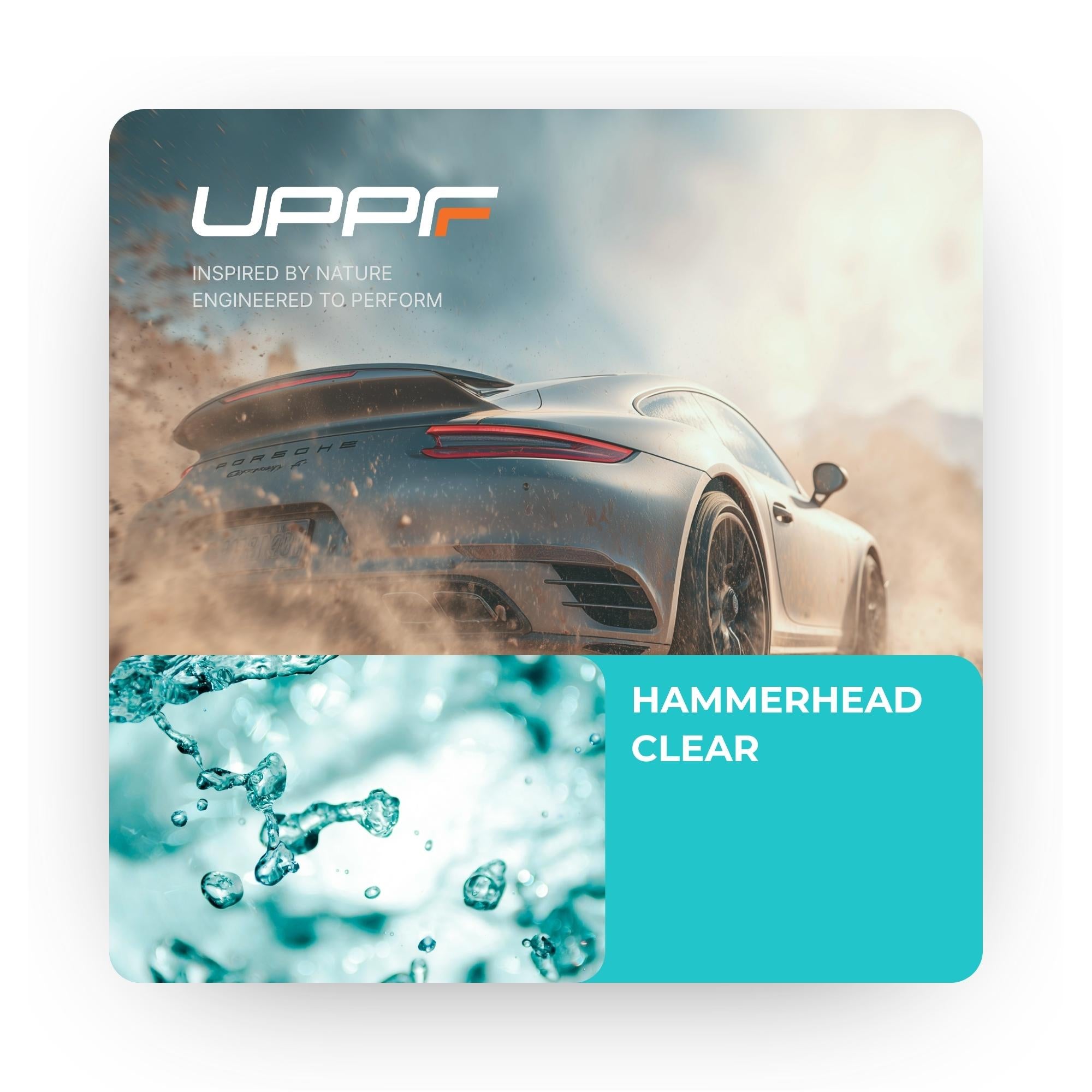


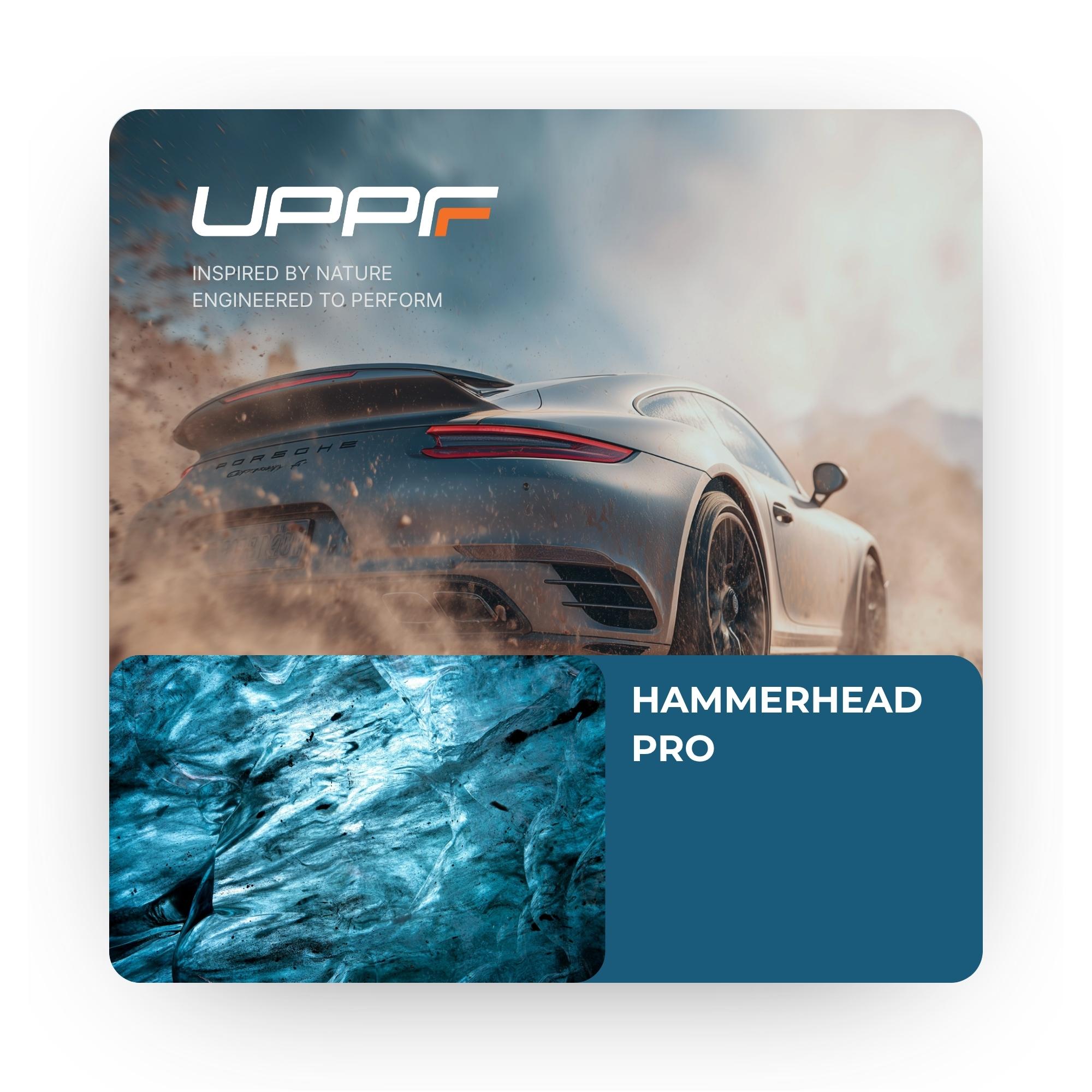



Share:
2025 Oman International Drift Championship Muscat
TPU vs. Vinyl Car Paint Protection Film: Weighing the Pros and Cons